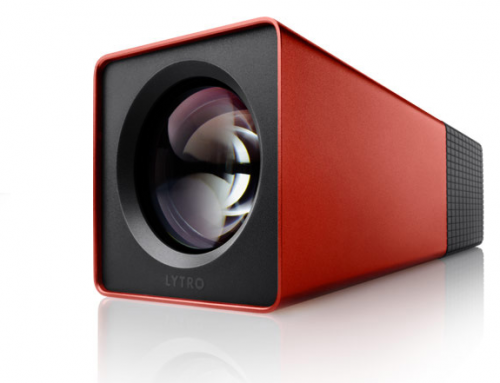One digital camera that might be worth reserving your spare cash for this year, is the Lytro – the unlikely offspring of a dissertation by a Stanford University researcher, and fuss-free point-and-shoot consumer photography.
Looking vaguely like a Jedi’s preferred weapon slash compact camera, the Lytro light field camera is not your typical digital camera.
A micro-lens array combined with an image sensor captures 11 million rays of light in a light field, which is defined as “the amount of light travelling in every direction through every point in space”.
The bottomline: you don’t have to worry about adjusting the focus because the camera captures so much light information, you can tweak your photo’s focus AFTER shooting the images — so every shot, in effect, becomes the money shot.
In fact, you can even let your audience/viewers adjust the photo to their liking, be it everything in super-sharp focus or picking a favourite point to have a shallow depth of field on the fly.
Amazingly, the Lytro’s bright f/2 lens aperture applies across the 8X optical zoom range.
(Alright, so it sounds like magical rainbows and unicorns, but rest assured that the Lytro has been field tested by pro photographers in the U.S. and it works).
The camera thus promises to eliminate out-of-focus shots and missed photo opportunities faster than you can say “Photoshop”. And yes, it might even replace digital cameras offering 3-D shooting capabilities.
I can’t really hype about the camera without testing it first though, but even at this point, it is an intriguing technology.
Pricing starts from US$399 (for the 8GB version good for storing 350 images), but there are a few bugbears though.
First of all, there’s the vague “Shipping in early 2012” schedule.
And then, it’ll be limited to the U.S. initially.
Finally, for the anti-Apple folks, this could be the deal breaker: The Lytro’s image editing software will — initially, at least — work on Mac OS X only.
But fear not, Windows support is forthcoming.
It’ll be fun to see if the Lytro becomes a major commercial success, or if major digital imaging companies make moves to license the technology for their own digital cameras — or even unveil their own light field-based imaging technology.
In the meantime, take a good look at the retro Lytro at https://www.lytro.com/.







I saw the results in the picture gallery on its website. Now I understand the acronym WTF.
Hey Billy! Welcome to your first TG post!